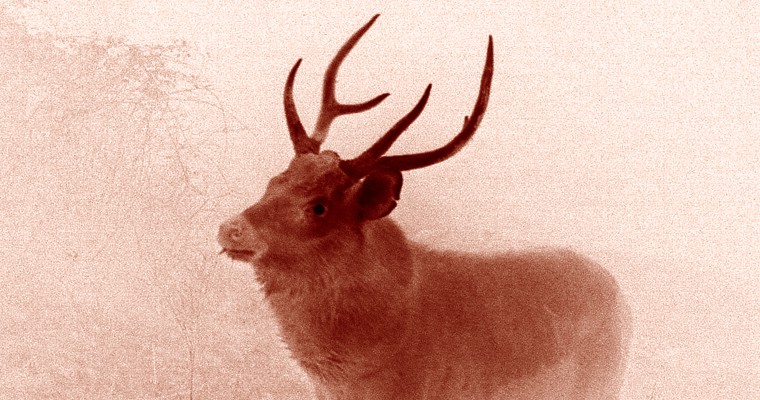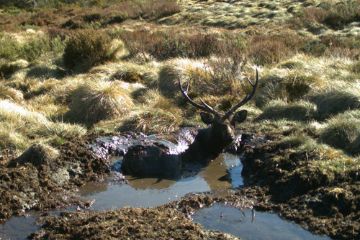Dr Annelise Wiebkin has a big job on her hands. As Australia’s first ever national deer management coordinator she’s been charged with tackling what is emerging as one of Australia’s worse emerging pest animal problems – feral deer.
Appointed to the position just seven months ago, Dr Wiebkin is clear-headed about the challenges she faces.
“Deer have a range of impacts, they have agricultural impacts, which are a problem for many farmers because they eat pasture and compete with livestock for feed,” she says.
“They can be a road hazard – deer in large numbers can cross the road at a moment’s notice and cause problems for cars and our road safety. Deer also get into conservation areas and can munch their way through habitats and cause problems for threatened species and other habitats.”
Deer were brought into Australia in the 1800s as a food source, for hunting and recreation. Over time their numbers and distributions have grown. Feral deer populations are now large and well established in many parts of Australia – in Victoria alone it is estimated they number more than one million, and their impacts on the environment, primary production and communities are getting worse.
Six deer species are found in Australia: fallow, red, chital, hog, rusa and sambar, and they are causing significant environmental damage. They are also encroaching on the edges of towns and cities and causing road hazards.
Dr Wiebkin says there are a number of challenges to managing feral deer in Australia, but it is possible if we work collectively.
“One of the problems is that they move across property boundaries, and so managing them at the property level can be a little ineffective because they can move in from other areas where they are not being controlled,” she says.
“The most effective way to manage deer is really collectively. Where neighbours get together and manage them in a coordinated way.
“Some of the tools that we use to manage feral deer include ground shooting, they can be aerially shot where there are large numbers of deer.
“There are also other mechanisms that can improve the efficiency of those things including thermal tools, drones, also some people use traps to catch deer and can then humanely dispose of them afterwards.”

Reducing impacts across Australia
Dr Wiebkin would like to see the impacts of deer reduced across Australia and thinks we can do that better in some places than others.
“I think we can improve the way we use tools to control deer in a more coordinated way and have more long-lasting effects,” she says.
“We can have a really good crack at managing and or eradicating deer in small areas and small pockets and trying to stop their spread by being vigilant and reporting them where there aren’t very many of them and responding to those reports quickly.
“And in areas where they are in really high numbers and having great impact for the landholders there, I think we can work together to reduce those impacts to a manageable level or to an acceptable level.”
Dr Wiebkin and her team are now developing a national feral deer action plan that will prioritise key elements of tackling deer problems across Australia.
“The action plan will address areas where there are not many deer, and where we can really try to get on top of them and stop their spread, and it will also help landholders in areas where there are really high numbers of deer,” she says.
“If people want to get involved in managing deer, there are local agencies and authorities that can provide support but I would recommend the best thing to do is to get together with your neighbours and start to have a conversation. Firstly, chat about how you are each impacted by deer, share those stories, and collectively decide what you want to achieve, or which deer problems you want to prevent in the future.
“And together with your neighbours work out what you are going to do collaboratively so that it’s not one property trying to do everything because you will have much better outputs if everybody works well together.”
More info
- To learn more about Australia’s National Deer Management Coordinator visit the Centre for Invasive Species Solutions website.




